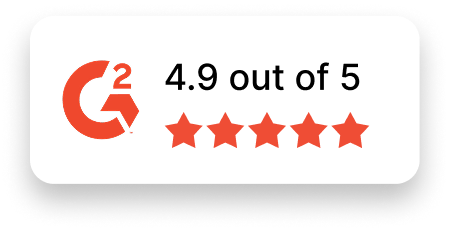Junior Data Scientist Job Description Template
Use this template to craft job descriptions for hiring Junior Data Scientists. Tailor it to fit your organization’s needs and expectations.
Job Title: Junior Data Scientist
Location: [Specify Location or Remote]
Job Type: [Full-time/Part-time/Contract]
About the Role
We are looking for a motivated Junior Data Scientist to join our data team and contribute to the development of data-driven solutions. This entry-level position offers an excellent opportunity to build your analytical skills, work with real-world datasets, and gain hands-on experience with machine learning and statistical techniques. You’ll work closely with senior data scientists and engineers to support various projects and deliver insights that drive decision-making.
If you’re curious, eager to learn, and passionate about using data to solve complex problems, we’d love to hear from you.
Responsibilities
- Assist in collecting, cleaning, and preprocessing structured and unstructured data.
- Perform exploratory data analysis to identify patterns and insights.
- Develop and test statistical models and machine learning algorithms under guidance.
- Create user-friendly visualizations to communicate findings.
- Support the development of dashboards and reporting tools for stakeholders.
- Collaborate with team members across departments to understand data needs and project goals.
- Stay updated with new trends and best practices in data science and analytics.
- Document methodologies, data workflows, and project findings for reference and reproducibility.
Required Skills & Experience
- Bachelor’s degree in Data Science, Statistics, Computer Science, Mathematics, or a related field.
- Foundational understanding of data analysis, statistics, and machine learning.
- Proficiency in programming languages such as Python or R.
- Basic knowledge of SQL and working with relational databases.
- Familiarity with data visualization tools like Tableau, Power BI, or Matplotlib.
- Strong problem-solving and critical-thinking skills.
- Eagerness to learn and grow in a fast-paced, collaborative environment.
- Excellent communication skills and a team-focused mindset.
Nice-to-Have Skills
- Exposure to cloud platforms like AWS, Azure, or GCP.
- Experience with data manipulation libraries like pandas or NumPy.
- Familiarity with APIs and working with large datasets.
- Understanding of version control systems like Git.
Why Join Us?
- Professional Growth: Gain invaluable experience and mentorship to develop your career.
- Impactful Work: Take part in projects that solve real-world challenges.
- Collaborative Team: Work in an environment that values collaboration and shared learning.
- Flexibility: Enjoy opportunities for remote or hybrid work to support work-life balance.
- Inclusive Culture: Be part of a diverse workplace that values each individual’s contribution and fosters equity and belonging.
Apply Now
Are you ready to launch your data science career? Join [Your Company Name] as a Junior Data Scientist and start making an impact from day one. Apply today!

